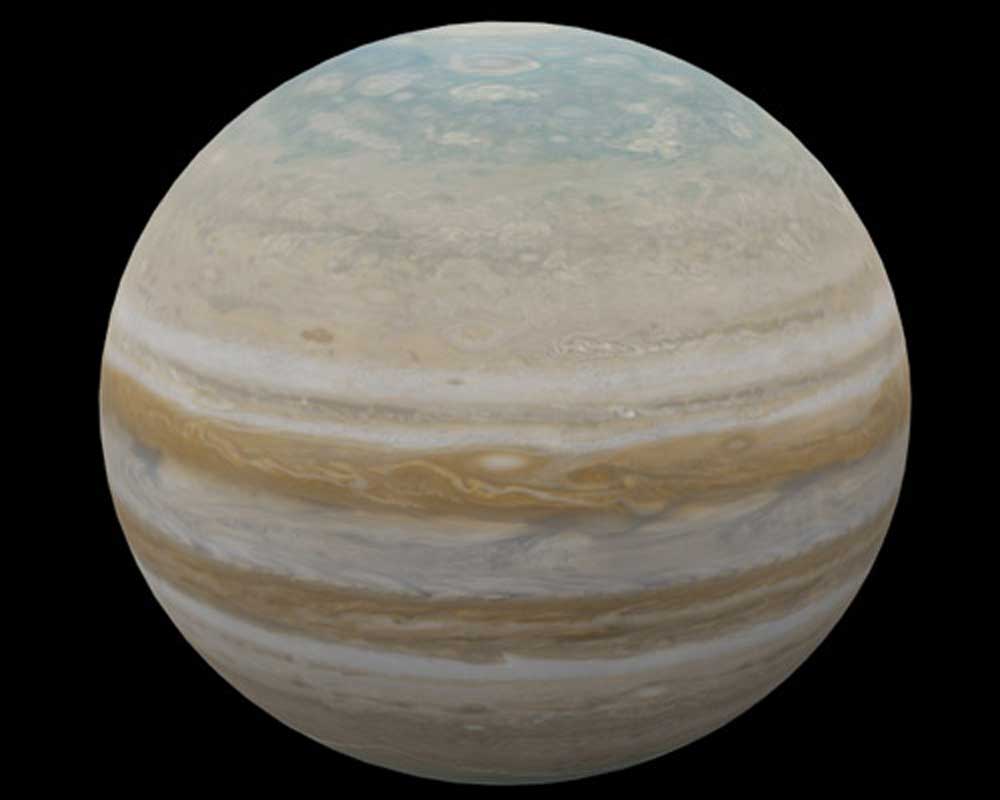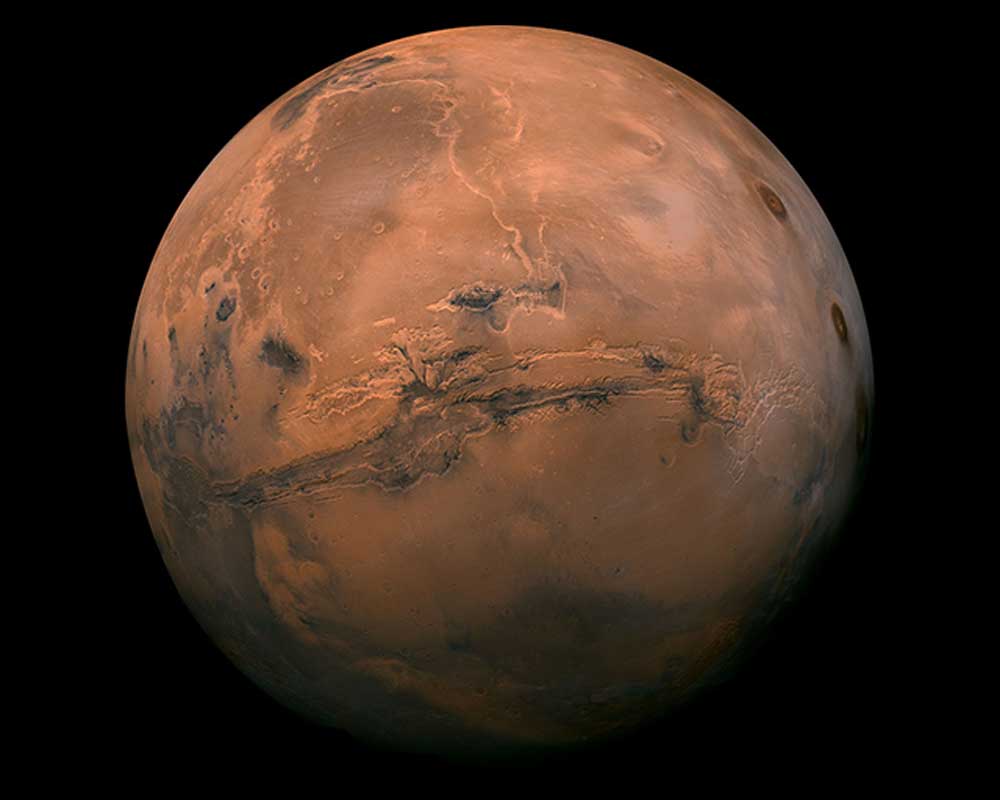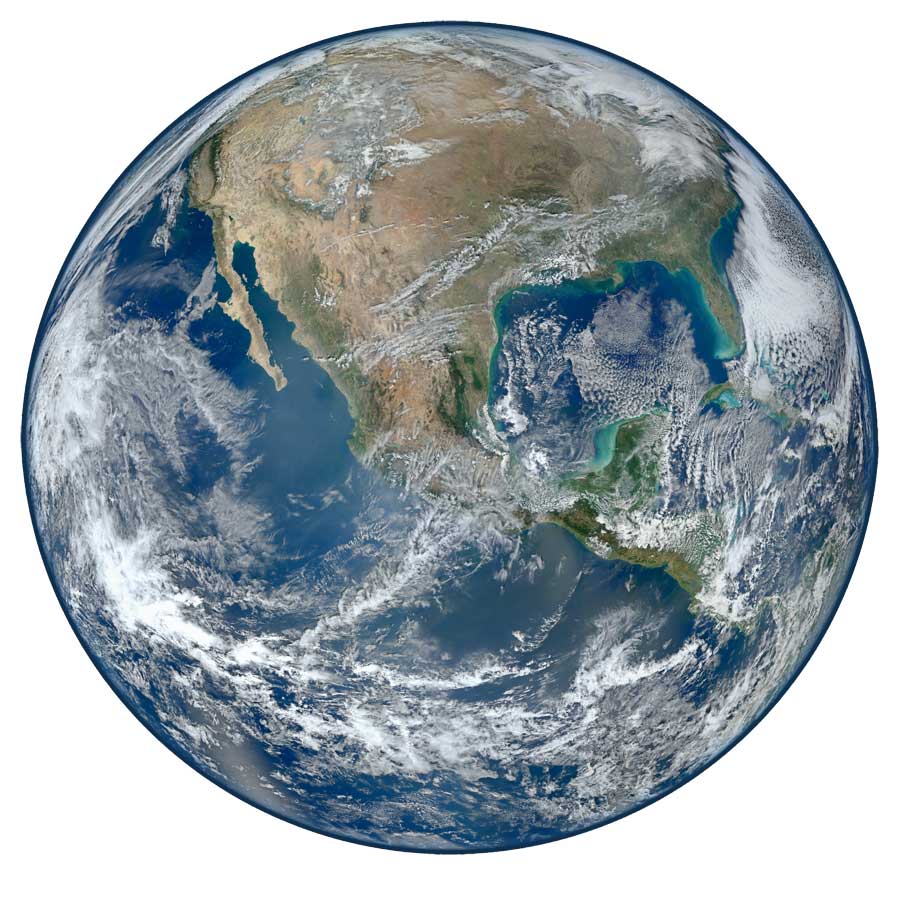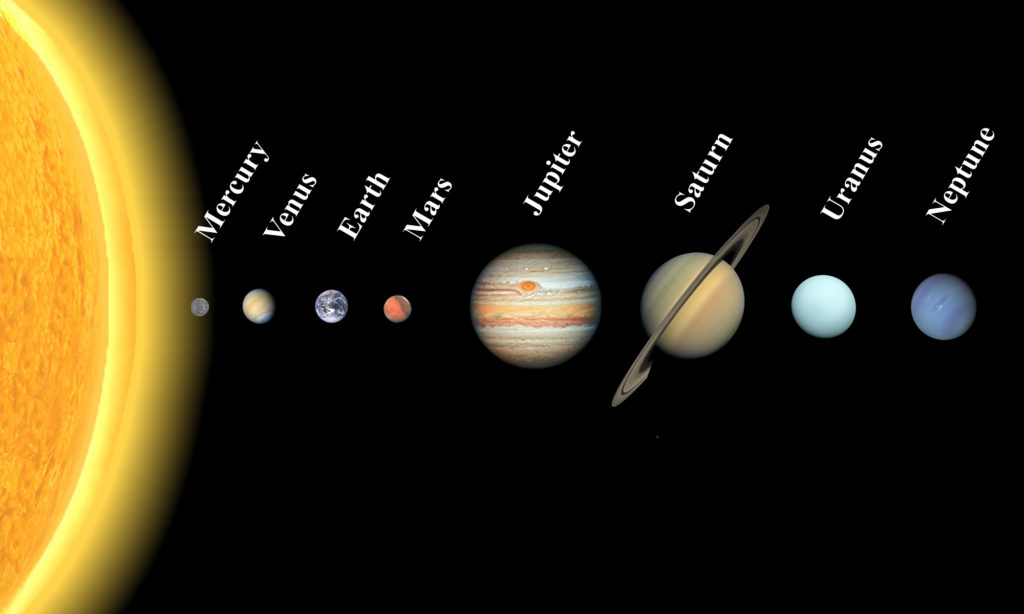Jupiter is the fifth planet from the Sun and by far the largest in our Solar System. It’s diameter is over 11 times that of Earth and it has 318 times Earth’s mass! Jupiter was first spotted by Galileo Galilei on January 8th, 1610 using a telescope. For many years after its discovery, people thought that Jupiter was the only planet in our Solar System. Learn more about this gas giant in this article!

Jupiter’s discovery
It is widely believed that Jupiter was first spotted by the famous astronomer Galileo Galilei on January, 8th 1610. However, there are records which date back to as early as July of 1609 which suggests that another astronomer by name of Simon Marius may have been the first person to observe Jupiter. Regardless of who actually made the discovery, it is clear that the telescope played a vital role in allowing humans to finally lay their eyes on this distant planet.
Jupiter’s Naming
Jupiter’s name also has an interesting story behind it. The Romans named this planet after their god Jupiter (or Jove), who was the king of gods in their mythology. Similarly, the Greeks named this planet after Zeus, who held the same position in their pantheon of gods.
Diameter and mass
Jupiter is sometimes called a failed star because it is so large and has such a low density. If it were about 80 times more massive, it would have become a star instead of a planet.
As the largest planet in the solar system, Jupiter has some very impressive physical characteristics. It has a diameter of almost 143,000 kilometers and is almost three times as massive as all the other planets combined! Even though Jupiter is huge, it only has about one-tenth the density of Earth. This means that if you could find a giant piece of Jupiter to stand on, you would weigh less than you do on Earth! It has a mass 317.8 times that of Earth.
Composition
Most of Jupiter is made up of hydrogen and helium, with a small amount of methane, ammonia, and water vapor. Jupiter’s core is thought to be made up of heavier elements, including iron and nickel. It has a strong magnetic field that traps charged particles from the Sun. These particles make up Jupiter’s radiation belt.
Jupiter’s Climate
Jupiter is very cold. The temperature on the surface of Jupiter is about -145 degrees Celsius. It gets even colder as you go further down into Jupiter’s atmosphere. The temperatures can get as low as -210 degrees Celsius! Jupiter’s atmosphere is about 100 times thicker than Earth’s atmosphere.
Jupiter’s atmosphere is made up of hydrogen and helium, with a small amount of methane, ammonia, and water vapor. The atmospheric pressure at Jupiter’s surface is about twice as high as the pressure at Earth’s surface. Jupiter has some interesting weather patterns, including dark spots called “eye storms” and bright areas called “hot spots.”
Jupiter’s orbit & Rotation
Jupiter’s orbit is about 780 million kilometers from the Sun. It takes Jupiter about 12 Earth years (4,333 Earth days) to make one orbit around the Sun. Jupiter has the shortest day in the solar system. One day on Jupiter takes only about 10 hours. It is also huge! It has more than twice the mass of all the other planets in our Solar System combined!
Moons
Jupiter has 80 known moons, including the four large Galilean moons: Io, Europa, Ganymede, and Callisto. These moons were first discovered by Galileo Galilei in 1610. Jupiter’s moon Io is the most volcanically active body in our Solar System. Europa is thought to have a subsurface ocean of water, which could potentially support life!
Planetary ring system
Jupiter also has a faint planetary ring system. This ring is made up of dust particles that are thought to be left over from comets or asteroids that have been broken up by Jupiter’s gravity.
Mars Observation & visit
Jupiter can be seen with the naked eye, but it is best observed using a telescope. It is often the first planet that people observe when they start learning about astronomy!
A few spacecraft have visited Jupiter, including NASA’s Pioneer and Voyager missions. In 1995, the Galileo spacecraft entered orbit around Jupiter and studied the planet for eight years. In 2016, NASA’s Juno spacecraft entered orbit around Jupiter and is currently studying the planet’s interior.
Conclusion| Largest Planet in the Solar System
Jupiter is an amazing planet with a lot to offer! We hope you enjoyed learning more about it! Stay tuned for more articles on Jupiter and other planets in our Solar System! Thanks for reading!




